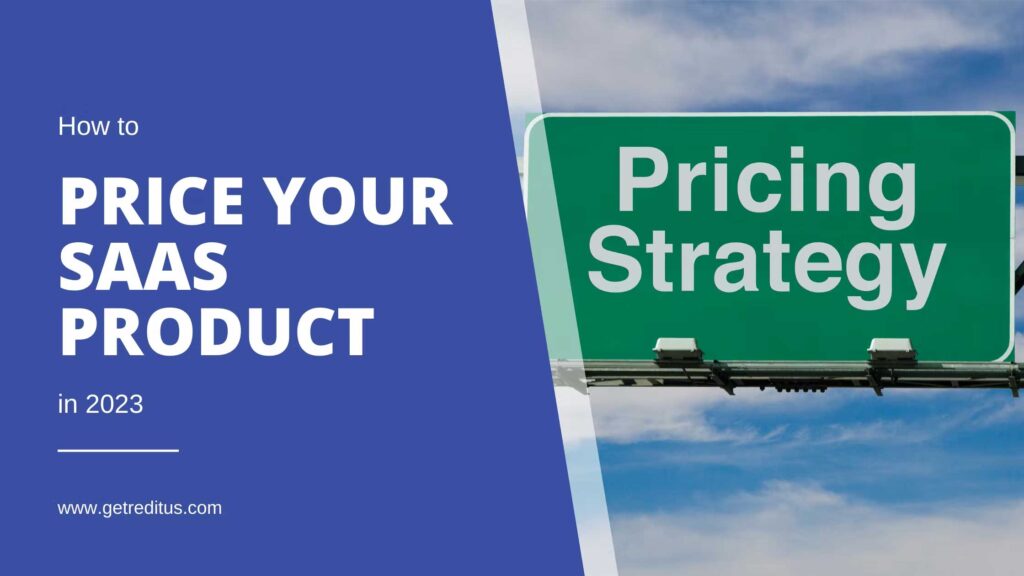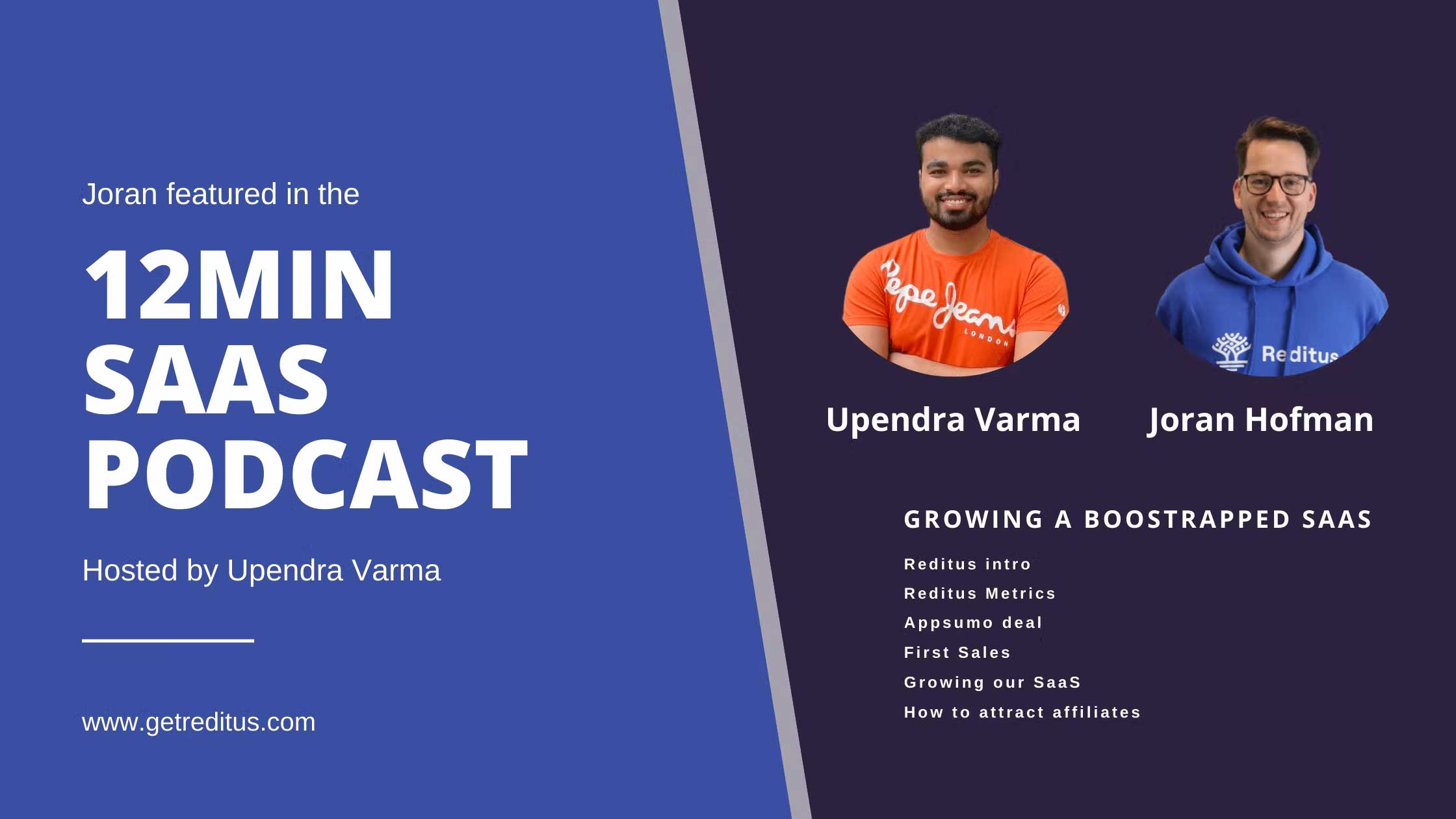How to Properly Price your SaaS Product in 2024

Significantly few companies price their SaaS product(s) well.
There are many explanations for this, from finance experts who are used to selling commodities utilizing a formula to determine the "ideal" price to founders setting a price once based on what they believe feels right and never updating the price.
If you like to price your product in the most profitable way possible, you must think about pricing primarily as a marketing function.
If you are seeking a simple answer to this question or want a formula for the perfect price, you have come to the wrong place. You are going to come up with the incorrect price. If, after you read this post, you still think I have failed you in those terms.
Table of contents
How to price your SaaS product
Absolutely nobody knows how you should price your SaaS product.
Your pricing must be tested and optimized, like your landing pages, email subject lines, and customer success. It is not a set-it and forget-it drill.
Any suggestion is worthless if you do not already have a price to operate with or an opinion of whether you should be charging more or less. That is the reason we decided to write this post.
Here we outline how you can develop your hypotheses for the excellent price of your answer, made around the actual value your SaaS solution presents its customers, instead of suspicions or what your competitors are demanding.

Value-based SaaS Pricing
Value-based pricing suggests work. You can not utilize value-based pricing unless you know your customers' actual value from using your product. Many observations can define value on the customer side, with measurements as multifarious as decreased employee churn to increased sales.
Thankfully it is feasible to estimate a dollar's worth on almost any SaaS product with sufficient thought and research. To illustrate this point, I have arranged together three distinct examples.
The CRM Example
Suppose you are marketing CRM software. The value supplied to a customer may arrive in several forms, but they should all funnel into one easy to measure metric: increased earnings. Better CRM software should promote sales reps to market more (increasing profits) and account managers to maintain more customers (increasing profits).
Assume this hypothetical situation. If, before implementing your product, a business employs spreadsheets to manage its CRM, it has ten sales reps, individually fetching $20,000 in monthly sales. Twelve months after successfully executing your CRM solution, they each bring in $23,000 monthly sales. It is possible to calculate the value you have added: 10 x $3,000 = $30,000 per month.
The HR Example
In this example, visualize you are vending HR management software. It has one direct functionality: to demonstrate to HR team members when an employee is the potential to churn and suggest actions they can take to reduce the risk of that employee churning.
For the sake of this discussion, imagine replacing an employee with new hire costs on average $10,000. Before implementing your software, you might know that a company loses ten employees monthly. Then after implementing your software, the same company loses eight employees monthly. Your software is generating the company $20,000 in value each month.
The Security Software Example
In my final example, I picture selling enterprise security software. You build a specialist product that reduces developers' time to remediate code by recognizing bugs earlier in the software development lifecycle.
Imagine a typical software developer's time is worth on average $50/hour to an organization; a regular customer has a 1,000-strong software development team, and each developer spends an average of 40 hours per month remediating code. That means the organization currently spends $2,000,000 per month remediating its code.
Six months after a companywide rollout of your security software, a regular company registers their developers now expend 36 hours per month remediating code. Individually each architect has accumulated four productive hours per month, worth $200. Multiplied across the whole software development team, you are driving $200,000 in monthly value.
The 10X Rule
After working out your solution's value to customers, you can use a simple rule to decide how much your resolution should command.
The 10x rule
It is a widespread rule applied in business. Suppose you can persuade someone that implanting a new product, strategy, or way of accomplishing things will generate at least a 10x ROI. In that circumstance, you should be capable of overcoming the barriers to change.
Applying this concept to SaaS product pricing is simple.
Ensure your solution's value is at least 10x what you charge. If you can preserve a business of $100,000 per month, you should probably initially assume charging ~$10,000 per month. If you can retain $10,000 per month for a company, you should probably set the value for your product at ~$1,000 per month.

Caveats and Things to Remember
Do not approximate your value with your competitors' value when calculating your products' value. Instead, reach your deal with the current entrenched solution within your disrupting industry.
If you were HubSpot, peddling marketing automation software, you would not estimate your worth based on defining what value a company would gain from switching over from another marketing automation vendor, like Marketo.
Instead, you compute your value based on what a company would achieve from adopting marketing automation for the first time.
Marketing automation software is not within organizations; instead, many are utilizing whole suites of marketing tools that do not work well together. However, many are not using any software at all.
When this begins to change, industries saturated with SaaS products, like CRM, are where you would need to consider an existing typical SaaS product as the "entrenched solution" in value calculations.
For example, suppose you were developing a CRM system for web development agencies. In that case, you must compare the revenues of a company utilizing their existing CRM initially to the revenue they generate by employing your specialized software.
These SaaS startups' struggles make it challenging to displace large SaaS companies entrenched in the market. Someone else must create something that produces 10x more value to sideline the existing player. Therefore this is much easier when there's no system in place yet. No large enterprise will disrupt its entire sales organization for a small gain in value.
Categorize your customers. Various customer classes are going to extract different values from using your software. Therefore this is the primary reason SaaS companies provide various pricing tiers. A gigantic corporation rolling out your software across 20,000 people will yield more value than an SMB rolling out across 200 employees. Price accordingly.
Value is only a perception defined by your estimation. You will never know precisely how much value you deliver to a customer. You can only estimate the value based on your calculations. Over time, you will better estimate and have accurate metrics to construct pricing hypotheses.
However, never utilize these as hard and fast ordinances.
Once you have successfully estimated the value your customers will receive from your solution, ask them. There could be factors you never considered. Therefore, utilizing a value estimation that your customers dispute is not good.
The steps discussed in this post will provide a reasonable estimate of what you should charge. Therefore you will better understand a specific target segment of customers. Then you can try different prices both below and above the perceived value. Acting upon these tests will help you hone your price point on the most profitable pricing strategy for your unique company and the market forces at play.

